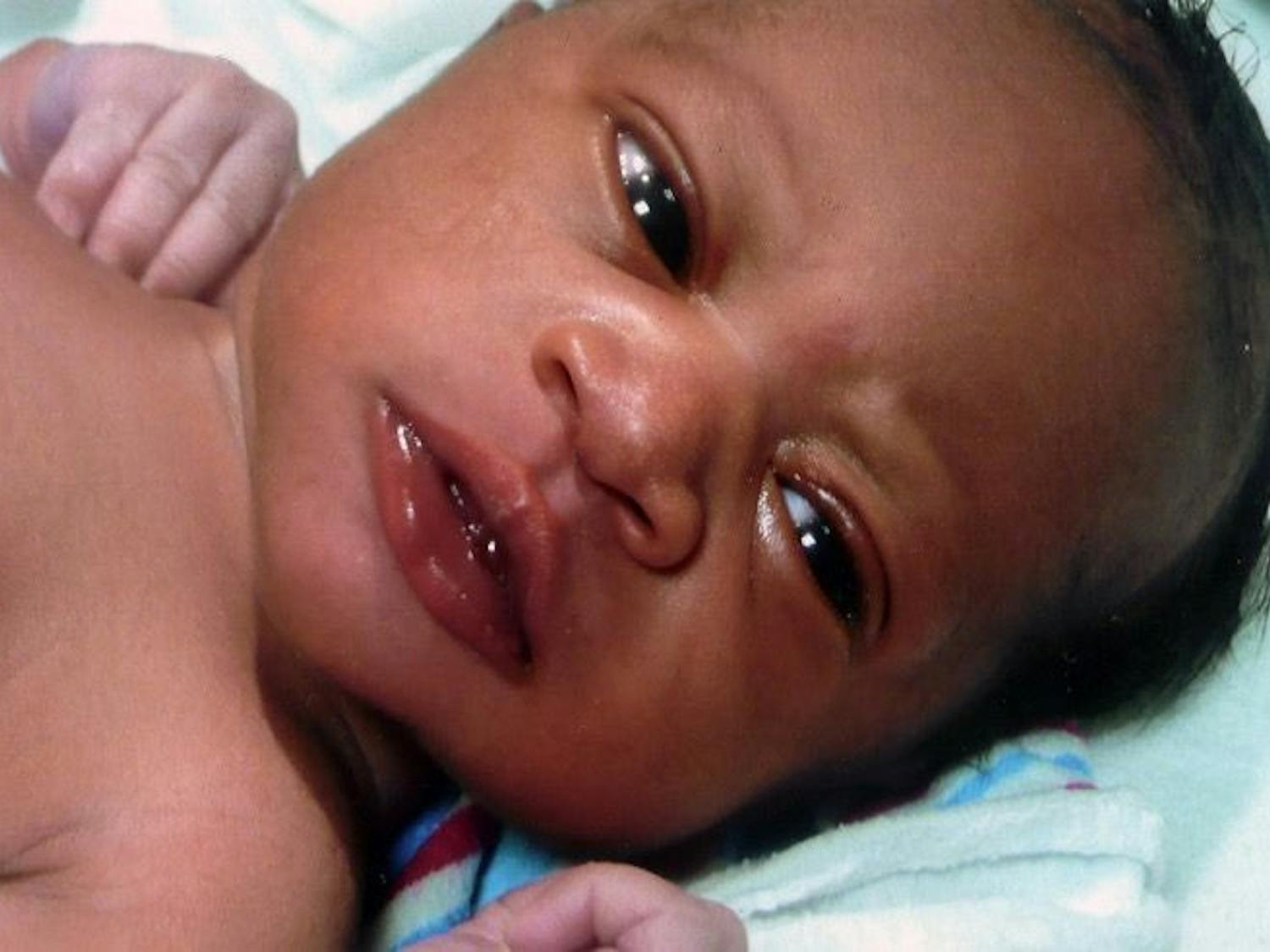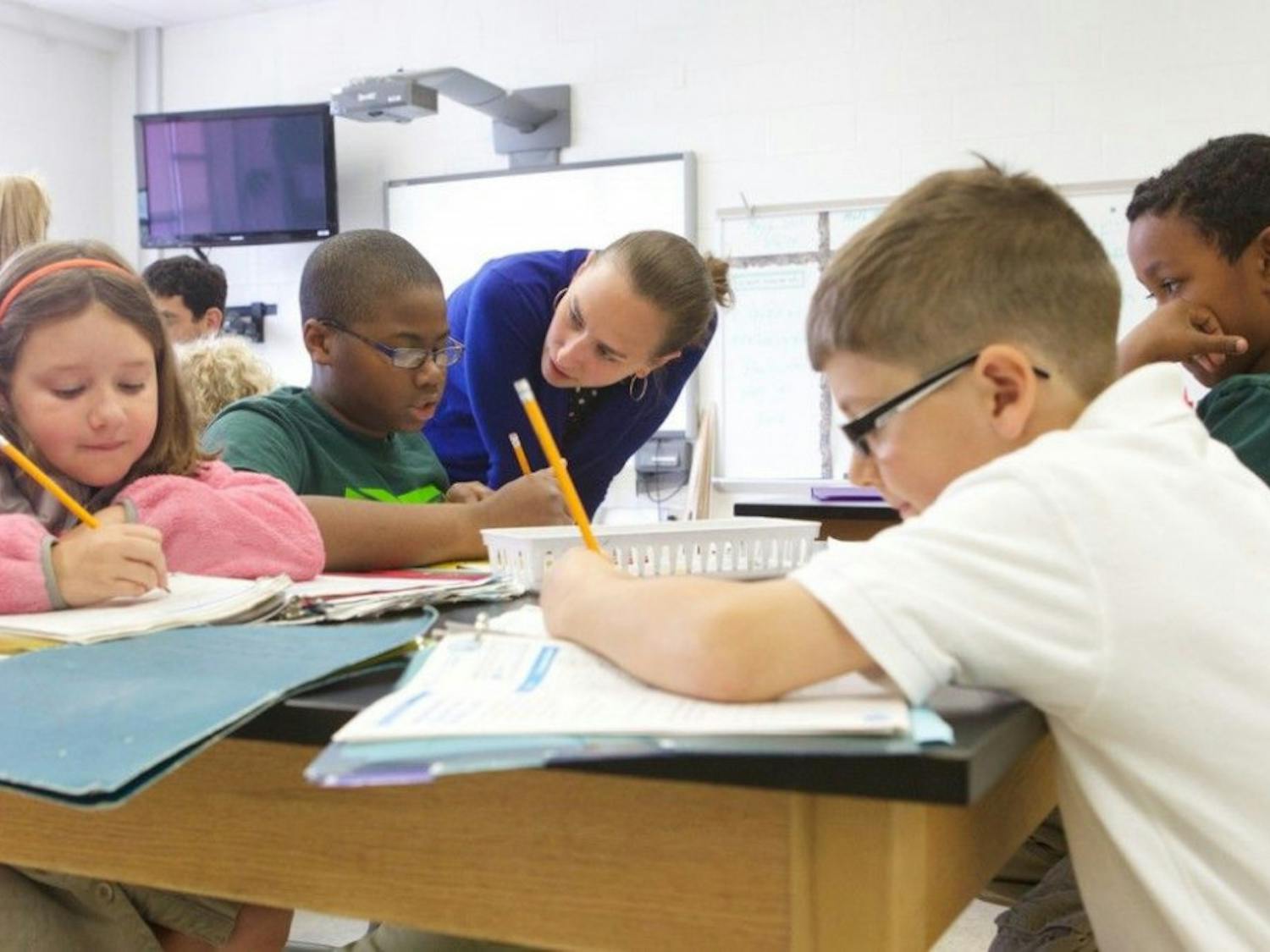An increase in graduation rates for students and an increase in retention rates at the University of Memphis this past spring might mean more money from the state.
Each year, the Tennessee Higher Education Commission uses a formula to appropriately distribute funds to state schools. The formula is based on many factors but two of the important ones are the graduation and retention rate of students. The number a students an institution has also plays a part.
Exactly how much extra funding the University will receive will be unknown until the state legislature votes on the recommendation, but a $915,700 minimum increase is expected, said President David Rudd in an email sent to all students and staff Tuesday.
Rudd made the announcement on the first day of class for the spring semester. It is potentially good news for students who may be facing a lesser tuition hike next school year and employees who might receive the raise they did not get last year.
Figures from the U of M Office of Institutional Research show that for students who started in 2005, only 39.3 percent graduated after six years. But for students who started in 2008, 42.8 percent graduated. As for retention of students, figures show that in 2005 only 72.4 percent of first-year students returned compared to 78.5 in 2013.
“These are pretty good strides from what they used to be. We are moving in the right direction,” said Gary Donhardt, director of institutional research at the U of M.
An investigation into classes with higher failure and drop out rates and a change in curriculum may be the cause to the higher graduation and retention rates, according to Donhardt.
“Most institutions are having the same issues we are with the graduation and retention rates, and I think we are doing well and making procedures to be even more successful in future years,” he said.
Rudd stated in his announcement the University’s performance was the second highest increase in the state at 4.2%, behind Austin Peay State University logging in at 5.9%.
“I expect numbers will continue to go up next year,” said Donhardt. “This is a drastic improvement from where we were at last year.”



